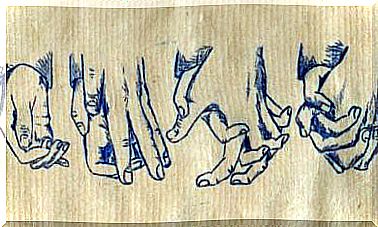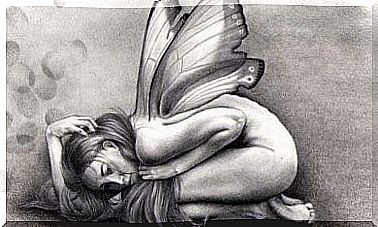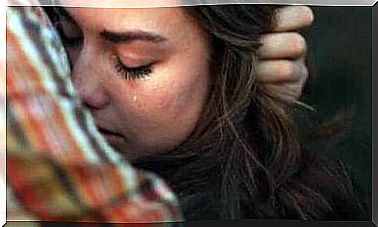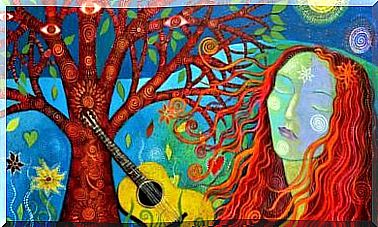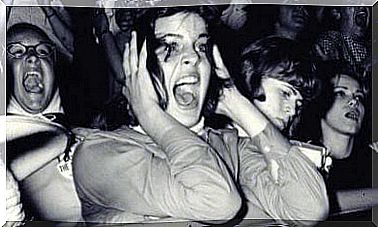Emotional Attachment And The Fear Of Abandonment

Feeling safe and secure in all areas of our lives is crucial for us to experience well-being. But the greatest need for this is in our relationships. If there is security, it makes us feel confident and protected. However, if these emotions are threatened by the ghosts of the past, fear will invade our lives instead. One of the biggest fears is the fear of abandonment.
The uncertainty caused by the fear of abandonment can undermine a relationship. This is especially true when the origin of everything is a broken and repressed childhood. Anyone who has this obsessive-compulsive disorder can inadvertently damage their relationship and get their partner to confirm what they already suspect. On the other hand, the relationship can become so destructive that both parties are caught in a spiral of discomfort and suffering.
To sometimes be afraid that the relationship will not work is completely normal. However, living in a continuous situation of mistrust and hypersensitivity to rejection only causes discomfort and instability. Let’s look more closely at what the fear of abandonment means.
The importance of the bond in the fear of abandonment
During our first years of life, we establish an emotional bond with our main caregiver, which is called attachment. Through this relationship and the kind of connection we build, each of us will acquire a series of emotional abilities. We will apply these in our future interpersonal relationships.
If this link is never created, this will cause major problems in the future. If so, our physical and emotional needs may have conditioned us and made us grow up feeling unprotected, insecure, and suspicious. This is one of the consequences explained in Bowlby’s attachment theory (see below). He explains the deep sense of abandonment that many people experience, even when they are surrounded by their loved ones. Let’s look at an example to try to understand it better.
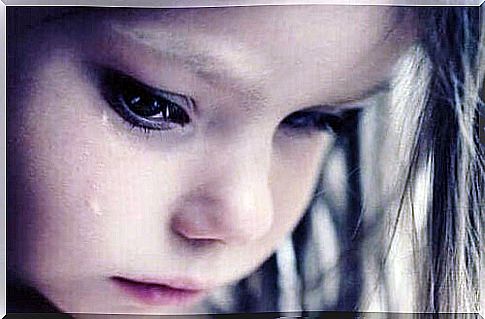
The hungry child
An infant feels hungry because he has not eaten for several hours. His whole body tells him he’s hungry. But the only tools he has at his disposal are crying and upset. His mother, who is the main caregiver in this case, perceives the signals he gives and interprets that he is hungry. Why? Because she has learned to discover her child’s physical and emotional needs and to meet them. This will restore the child’s physiological and emotional balance.
As the child continually goes through these types of experiences, he will always look for physical closeness with his mother. He trusts her to calm him down and restore his balance. Later in their development, the child will be able to easily endure outrageous experiences by seeing his mother approach him or say: “I will be back soon”.
Because of this, when something similar happens to you when you are an adult, you stay calm. You know that in a few hours you will see your relative, partner or friend. Your brain has learned that it can feel calm and that this can be a permanent feeling.
If the infant brain has never experienced that feeling of calm or the belief that after a bad experience it will again experience a state of peace and quiet, the adult brain will not be capable of it either. You do not feel safe in an intimate relationship because you have not learned where to find peace.
In addition, the lack of contact and lack of care leads to a higher production of adrenaline in the brain. This predisposes us to more aggressive and impulsive behavior. It also makes it difficult for us to control our emotions.
The emotional wounds of abandonment in relationships
As we can see, there are wounds, such as the fear of abandonment, which, although we are not aware of them, lurk in the deepest part of us. They can control many parts of our lives. Many situations that we experience in childhood leave their mark on us. If they are not treated, they can control us from within, without us even realizing it.
Bowlby states in his attachment theory that emotional bonds formed in childhood continue in the form of models in the adult’s representative world. Hazan and Shave also confirm this in their investigations. They show that adults’ behavior in relationships is shaped by the mental perceptions that originate in the relationship between the child and their parents.
In this way, we can see that the fear of abandonment in relationships has its roots in childhood. They are the ghosts of the past that return and bring with them all our uncertainties. They try to remind you that you are not worthy of receiving love or good treatment from other people. They usually occur because the brain receives an alarm signal.
Emotional connection
A word, a place, a type of behavior or memories are enough to activate an “emergency alarm” in a person who could never feel completely safe or secure. From there, an entire avalanche of emotions erupts and behaviors manifest. Instability, apathy and sadness, to name just three.
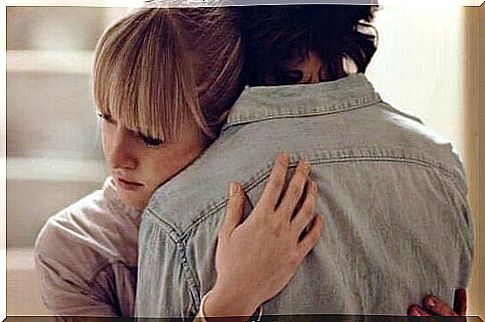
In addition, those who experience the fear of abandonment develop an emotional dependence on their partner. This leads to them becoming dependent on their constant approval. If their relationship is toxic, they will not be able to completely end it or distance themselves. It is as if they were nothing but the other person. They can do absolutely anything to keep the relationship going. Everything, that is, except to open old wounds again.
In some cases, the fear of abandonment generates a kind of dependence on the person’s perceived lack of dignity and self-deprecation. Because they do not feel wanted or safe, they must confirm that this identity is still there. That is why, if they actually find protection and security, they will eventually reject or decide not to believe it. All of this is caused by deep-seated traces of untreated post-traumatic stress.
The fear of abandonment
The fear of abandonment is a very deep emotional wound that is rooted in childhood. Healing this wound means accepting and forgiving the past in order to release it. It is a complex task. Especially if the person is not aware of how they have been predisposed by their previous experiences. This is often exacerbated by their defense mechanism. What should have served as their protection, after all, turns out not to be so impenetrable.
In the most complex cases, it is advisable to seek professional help. A professional counselor will be able to help you, especially in the first important steps. Another aspect that you should work on is self-esteem. It is usually damaged, even completely broken. Learning to value yourself higher is important to get out of the trap of emotional dependence . In addition, a better self-esteem will make it much easier to deal with the emotions and thoughts that are rooted in your previous experiences .
To change our emotions
Emotions such as anger, disgust, fear and sadness are very common in people who carry the fear of abandonment. You need to learn to reduce their intensity and to decipher what they really mean. When you do, you will be able to change them into something positive.
Negative attitudes and expectations are other elements that should also be considered. Mostly it is our thoughts that affect and increase our fear. They make it much bigger than it should be. If we are afraid that our partner will leave us, we will pay more attention to their behavior and words. We will often misinterpret them to confirm the fear in us.

As we can see , curing the fear of abandonment involves a process of reconstruction. This is a process that requires time. We must learn to prioritize and confess our fears. This is something we must not forget. On many occasions, what we believe is happening on the outside is nothing more than a projection of what is happening inside us. If you recognize yourself in these symptoms, we encourage you to find help and cure before it is too late.




